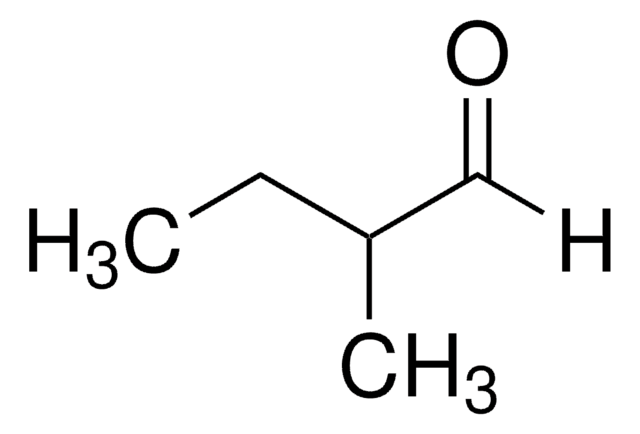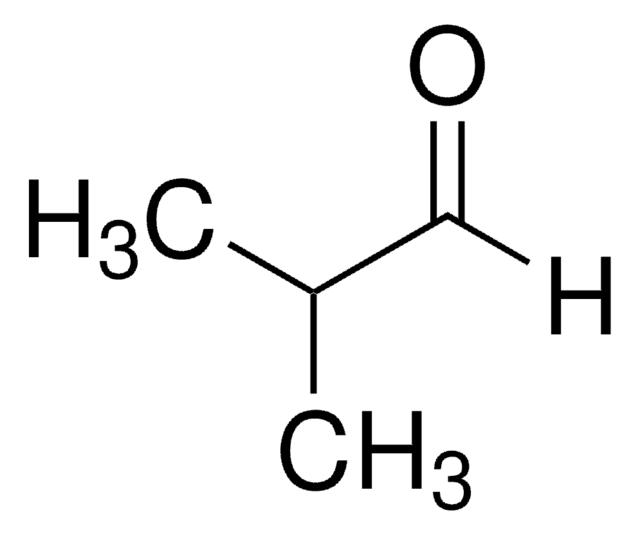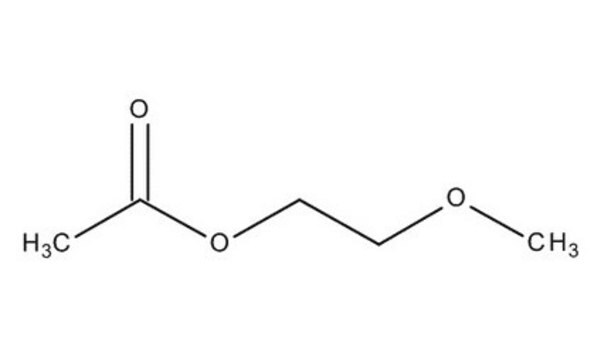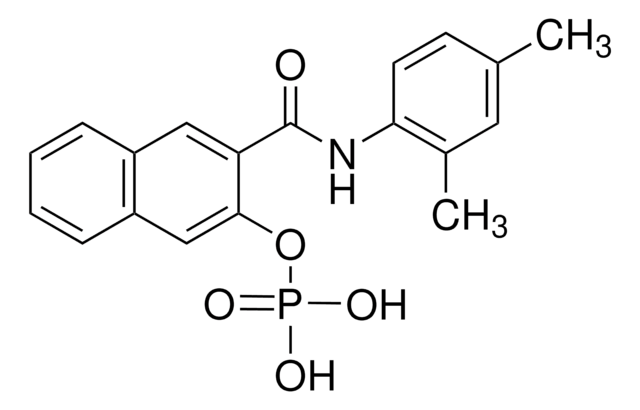79109
2-Ethoxyethanol
analytical standard
Synonym(s):
Ethyl glycol, Ethylene glycol monoethyl ether
About This Item
Recommended Products
grade
analytical standard
Quality Level
vapor density
3.1 (vs air)
vapor pressure
3.8 mmHg ( 20 °C)
Assay
≥99.8% (GC)
autoignition temp.
460 °F
shelf life
limited shelf life, expiry date on the label
expl. lim.
14 %
technique(s)
HPLC: suitable
gas chromatography (GC): suitable
refractive index
n20/D 1.407 (lit.)
n20/D 1.408
bp
135 °C (lit.)
mp
−90 °C (lit.)
density
0.93 g/mL at 25 °C (lit.)
application(s)
cleaning products
cosmetics
environmental
food and beverages
personal care
format
neat
SMILES string
CCOCCO
InChI
1S/C4H10O2/c1-2-6-4-3-5/h5H,2-4H2,1H3
InChI key
ZNQVEEAIQZEUHB-UHFFFAOYSA-N
Looking for similar products? Visit Product Comparison Guide
General description
Application
Signal Word
Danger
Hazard Statements
Precautionary Statements
Hazard Classifications
Acute Tox. 3 Inhalation - Acute Tox. 4 Oral - Flam. Liq. 3 - Repr. 1B
Storage Class Code
3 - Flammable liquids
WGK
WGK 2
Flash Point(F)
104.0 °F - closed cup
Flash Point(C)
40 °C - closed cup
Personal Protective Equipment
Regulatory Listings
Regulatory Listings are mainly provided for chemical products. Only limited information can be provided here for non-chemical products. No entry means none of the components are listed. It is the user’s obligation to ensure the safe and legal use of the product.
PRTR
Class I Designated Chemical Substances
FSL
Group 4: Flammable liquids
Type 2 petroleums
Hazardous rank III
Water soluble liquid
ISHL Indicated Name
Substances Subject to be Indicated Names
ISHL Notified Names
Substances Subject to be Notified Names
JAN Code
79109-5ML-F:4548173296951
79109-VAR-F:
79109-1ML-F:4548173296869
79109-10ML-F:
79109-BULK-F:
Choose from one of the most recent versions:
Already Own This Product?
Find documentation for the products that you have recently purchased in the Document Library.
Customers Also Viewed
Protocols
GC Analysis of Class 2 Residual Solvents on OVI-G43
Our team of scientists has experience in all areas of research including Life Science, Material Science, Chemical Synthesis, Chromatography, Analytical and many others.
Contact Technical Service











